16 Tons of Rubbish Removed From Remote Molokaʻi Coastline
Volunteers and state agencies worked to remove 30 dump truck loads of rubbish from 22 miles of remote coastline from Kalaupapa to Hālawa on Molokaʻi during a cleanup effort this summer.
The 16 tons of rubbish included an enormous tractor tire that almost maxed out the 1,000-pound carrying capacity of a helicopter used as part of the operation.
Complex logistics were needed to mitigate the hazards and avoid dangers involved in working in the tough terrain of surf, sea cliffs, and areas impassable by foot.
Trash, which was collected by air, boat, Jet Ski and ground crews, was flown to the Kalaupapa National Historical Park where staff and volunteers with Sustainable Coastlines Hawaii sorted items to be recycled or burned for energy on Oʻahu. The effort ensured that none of the rubbish went into area landfills.
The area cleaned included two Natural Area Reserves, Olokuʻi and Puʻu Aliʻi.
The coordinated effort was completed with the help of The Nature Conservancy Molokaʻi, Kalaupapa National Historical Park and the DLNR Division of Forestry and Wildlife’s Natural Area Reserves System.
“It doesn’t matter the name you give it, marine debris, ocean litter, coastal trash, or where it came from,” says James Espaniola of the Department of Land and Natural Resources. “The best thing to do is to get busy and do something about it.”
“The purpose of the NARS (Natural Area Reserve System) is to protect Hawaiʻi’s most pristine and wild places” said Suzanne Case, DLNR Chair.
The 21 NARS on five islands range from high mountain forests filled with rare birds to coral reefs. DLNR and multiple partners battle a wide range of threats to protect these places, with the main focus as invasive species removal. Native wildlife and plants on the edge of extinction depend on this work to preserve the health of these areas.
“We too depend on these NARS, not just as a scenic places or tourist attractions,” said Case. “The forests supply and purify our fresh water. The reefs are nurseries for fish. These places perpetuate Hawaiʻi’s cultural connection with nature. These places make Hawaiʻi, Hawaiʻi.”
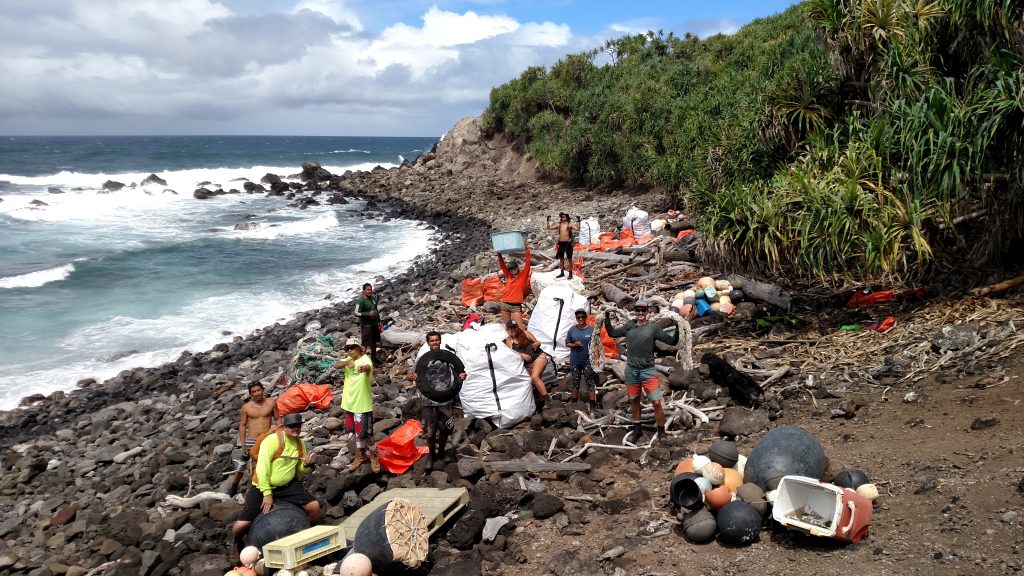
DLNR TNC NPS and Sustainable Coastlines Volunteers
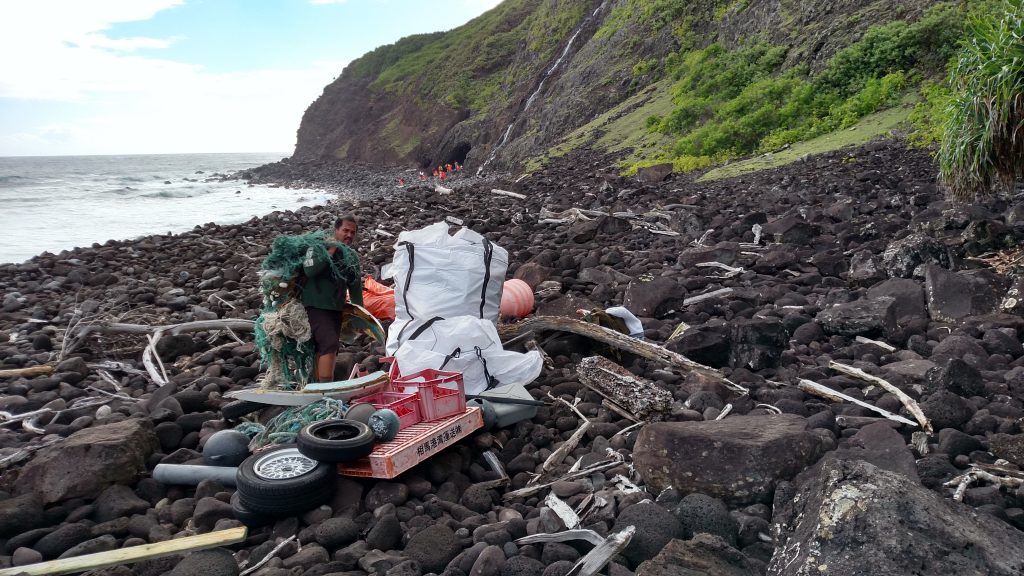
James Espaniola DLNR
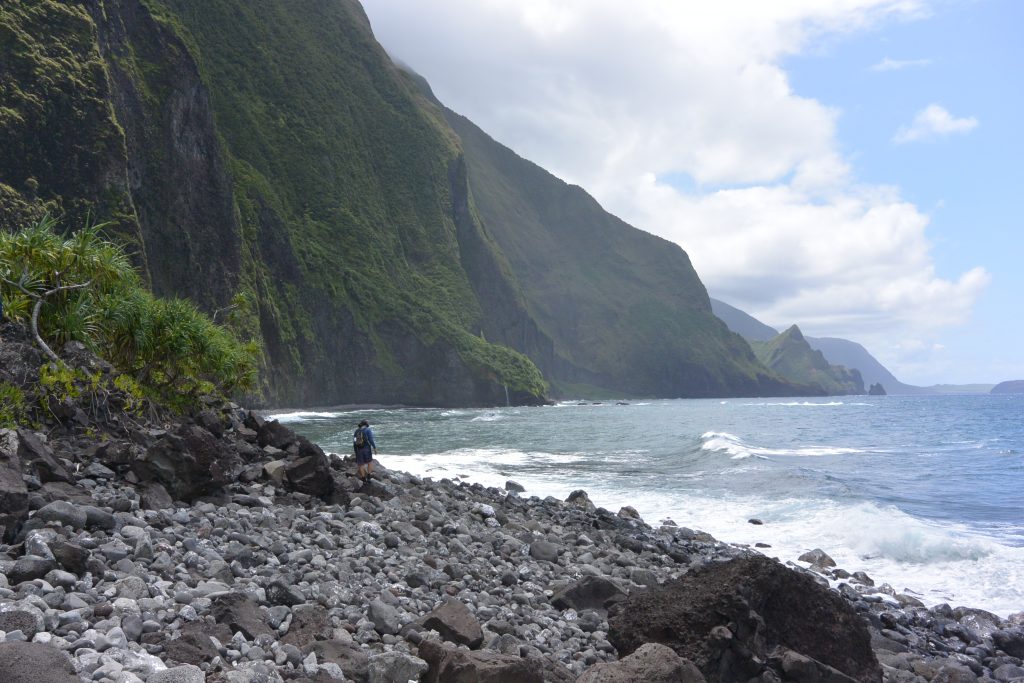
Olokui Natural Area Reserve coastline
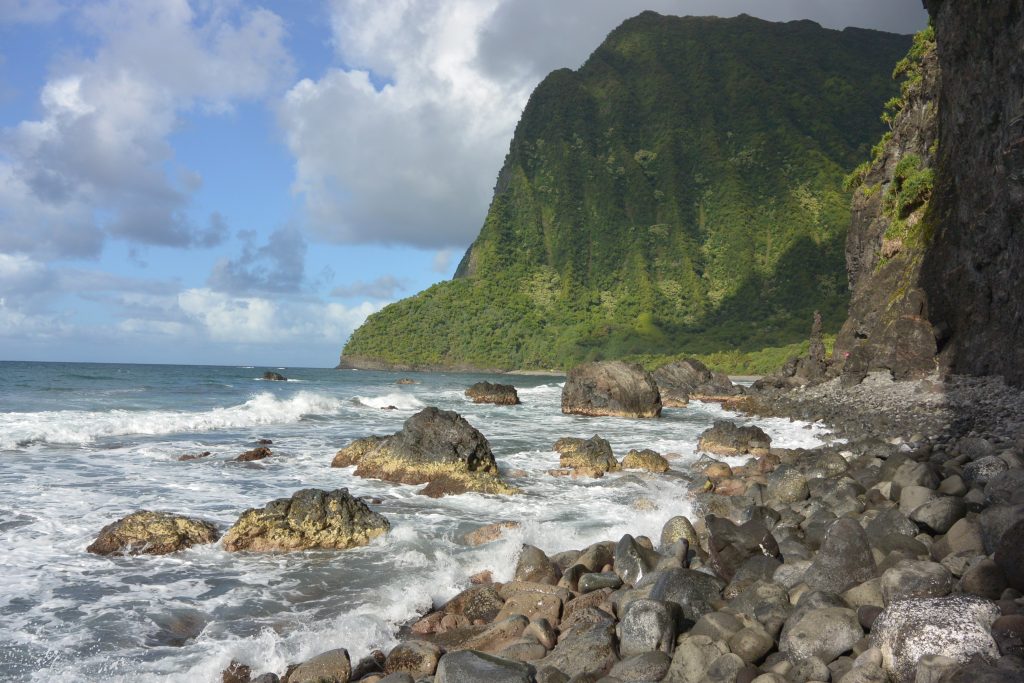
Olokuʻi Natural Area Reserve (foreground) Wailau Forest Reserve (background)
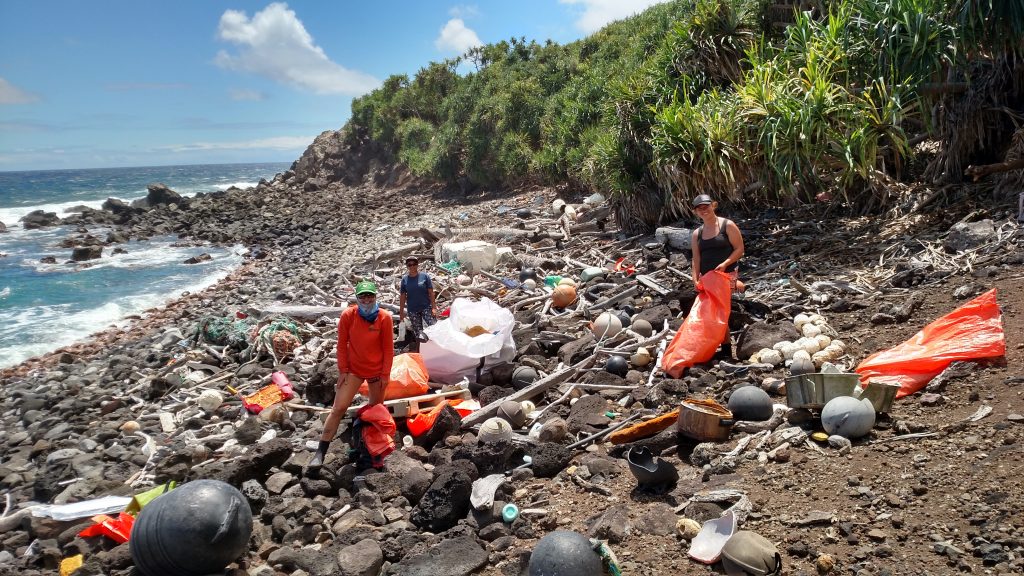
Sustainable Coastline Volunteers DLNR












